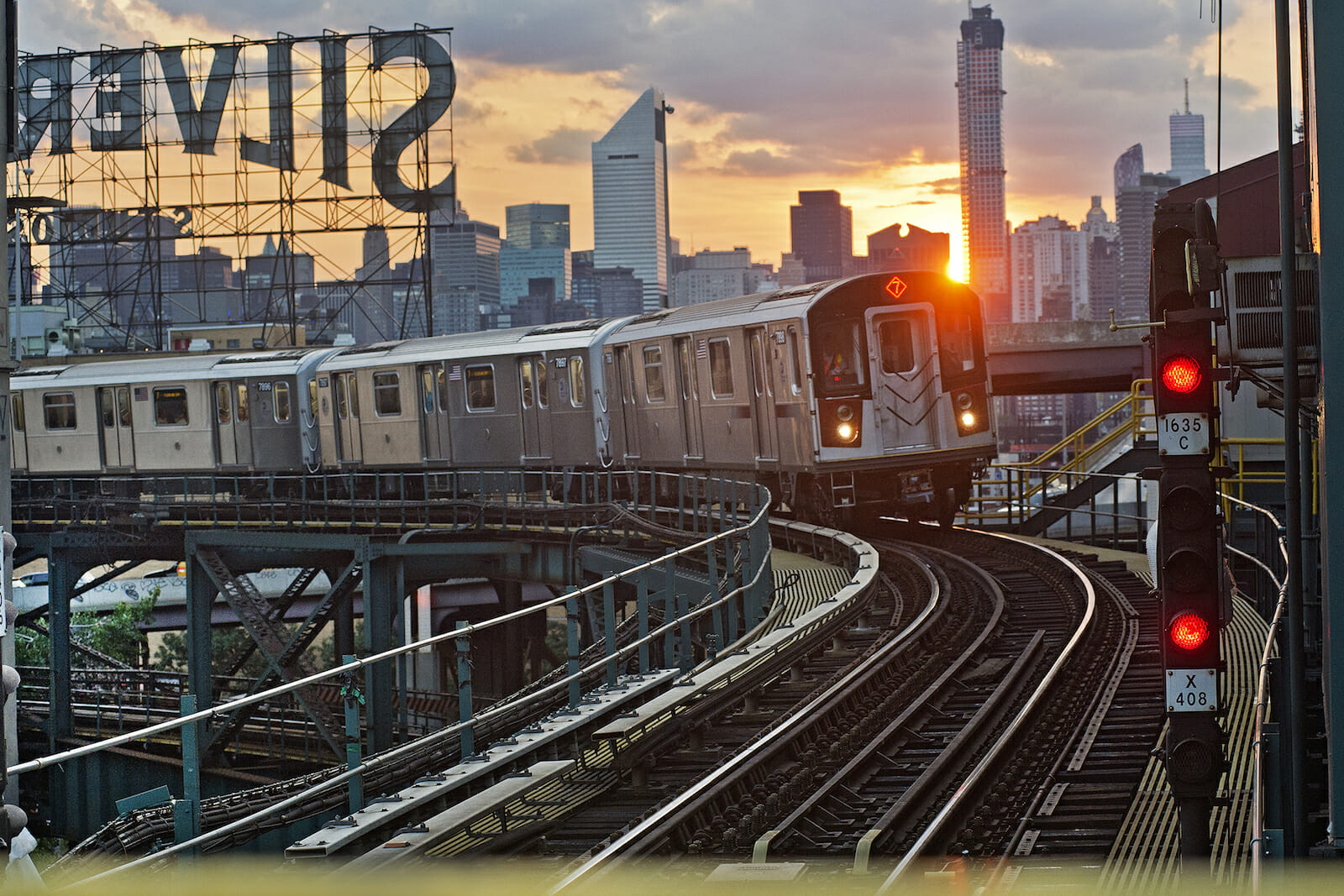
Trump Should Tackle America’s Infrastructure Crisis Head On
This weekend’s mandatory evacuation order for residents downstream from California’s Oroville Dam is a reminder of what a perilous state so much of America’s infrastructure is in. In 2005, three environmental groups filed a motion with the Federal Energy Regulatory Commission to require that the dam’s emergency spillway be filled with concrete, rather than remain as an earthen hillside, noting that the dam did not meet modern safety standards in the event of extreme rain and flooding. At the time, California’s Department of Water Resources refused to allocate funds to fix the problem, FERC rejected the request. Today it is a much more serious issue, and emblematic of America’s infrastructure crisis.
Overseas visitors arriving for the first time to many of the nation’s airports must wonder if there has been some mistake, for appearances would indicate that they have instead just arrived in a developing country. From arrival gates built for mid-20th century aircraft to over-crowded concourses to leaking ceilings, America has ignored the need for 21st century caliber airports for too many decades. The most recent wholly new major airport to open in the U.S. was Denver International Airport — in 1995 — which opened 16 months behind schedule and more than $2 billion over budget. Given how much lead time is required to design, finance, construct and open a new airport, we are many decades away from getting ahead of this.
America’s infrastructure crisis extends well beyond airports, of course. Many of our roads are in miserable shape, our bridges are crumbling, and our national railroad system might as well have been built in the 1800s (and some of it was). Unfortunately, failing to allocate the necessary funds to maintain, upgrade and replace infrastructure is nothing new in the U.S. – the result of a combination of a failure to take the problem seriously, political infighting, passing the buck, and a political culture more focused on short-termism and election cycles than fiscal prudence and reality checks.
According to the World Economic Forum’s Global Competitiveness Report for 2013, the U.S. ranked 25th in the world in terms of overall infrastructure, behind such nations has Barbados and Oman, and only one spot ahead of Qatar. The quality of America’s air transport infrastructure is ranked 30th in the world, while quality of the electricity supply ranked 33rd. That same year, the American Society of Engineers gave the U.S. a “D+” for the state of its infrastructure, and estimated at the time that it will cost $3.6 trillion to bring America’s public infrastructure to an acceptable level by 2020. That figure now exceeds $4 trillion.
Chronic underinvestment in the nation’s essential infrastructure will ultimately require a national investment plan unseen since Europe’s post-war reconstruction. Previous administrations have acknowledged the problem and some attempted to allocate resource to address it. For example, the Obama administration proposed a six-year, $478 billion plan called the Grow America Act that would have paid for infrastructure by imposing a 14% tax on foreign earnings being held overseas by U.S. companies. At the time, Republicans were also prepared to use repatriation as a revenue source, but their proposals called for a much lower tax rate, and there was broad skepticism about whether the approach would generate sustainable funds to meaningfully address the issue. Predictably, it died in Congress.
It took New York law makers until La Guardia Airport was literally falling apart before they allocated $5 billion to finally build a new airport terminal and related facilities. After witnessing collapsed bridges, multiple train derailments, and now the Oroville Dam, most state and federal law makers now appreciate the gravity of the situation. The question is whether they will set political expediency and short-termism aside to allocate funds — this year — so that 10 or 20 years from now, we are talking about what we need to do to stay ahead of the situation, rather than how to get ahead of it.
The Trump administration now has a real opportunity to turn the tide – particularly given the Republican majority in Congress. I only wish Obama had done this when the Democrats were in the majority 8 years ago. Identifying viable, long-term financial solutions is the real challenge. If Trump will apply his considerable financial acumen to the problem, make a national infrastructure program a centerpiece of his administration, convene a national panel of business and government leaders, and provide them with a mandate and the tools they need, America may finally be able to say that its infrastructure crisis is getting the attention it requires. This crisis took many decades to develop, and it will take many decades of concerted effort to resolve it. My hope is that one of the Trump administration’s historical legacies will be that it tackled America’s infrastructure crisis head on.


